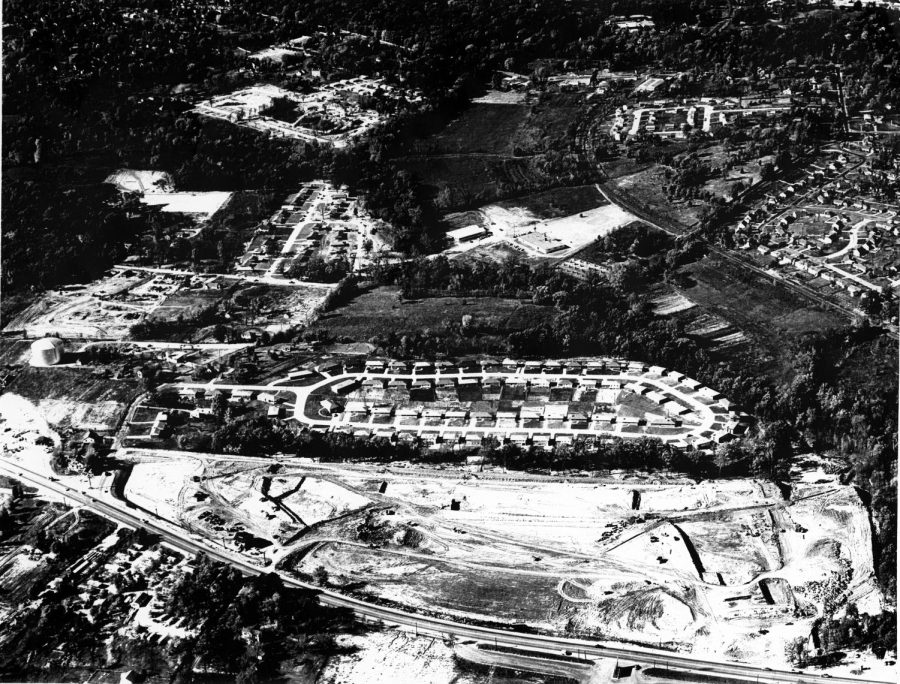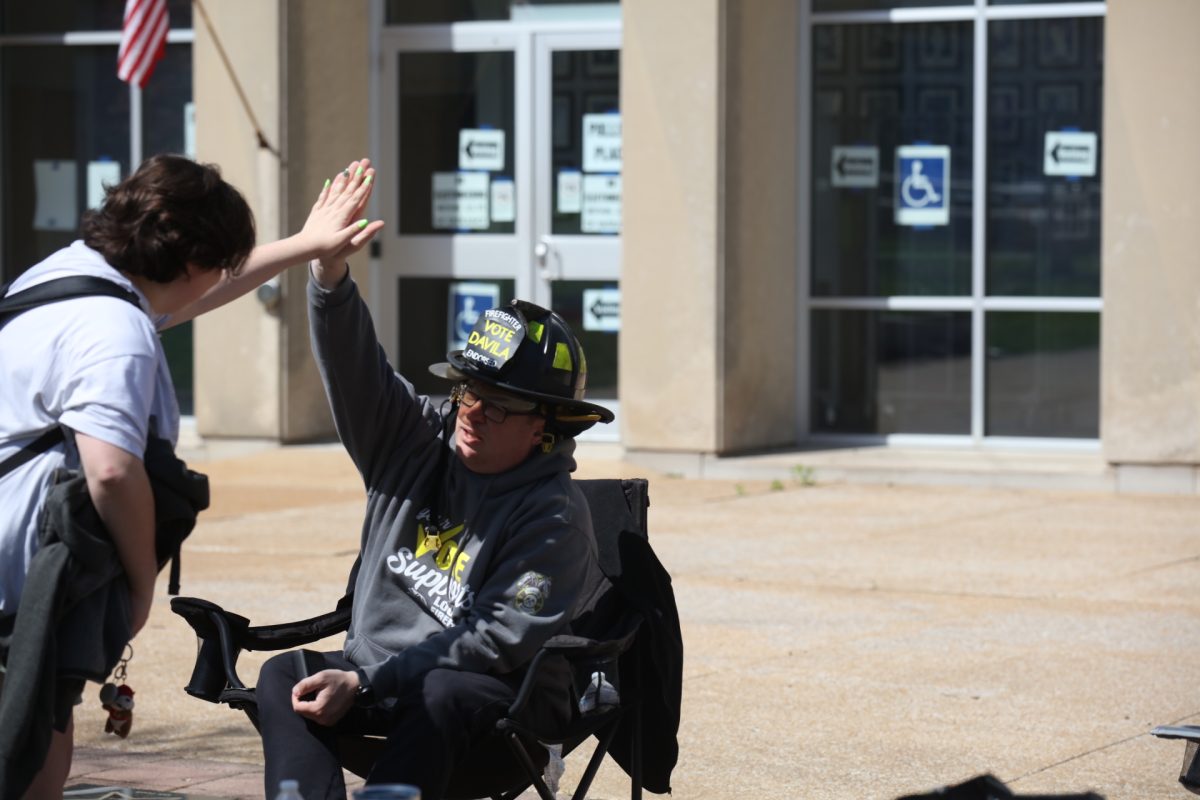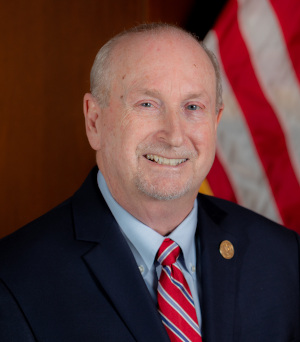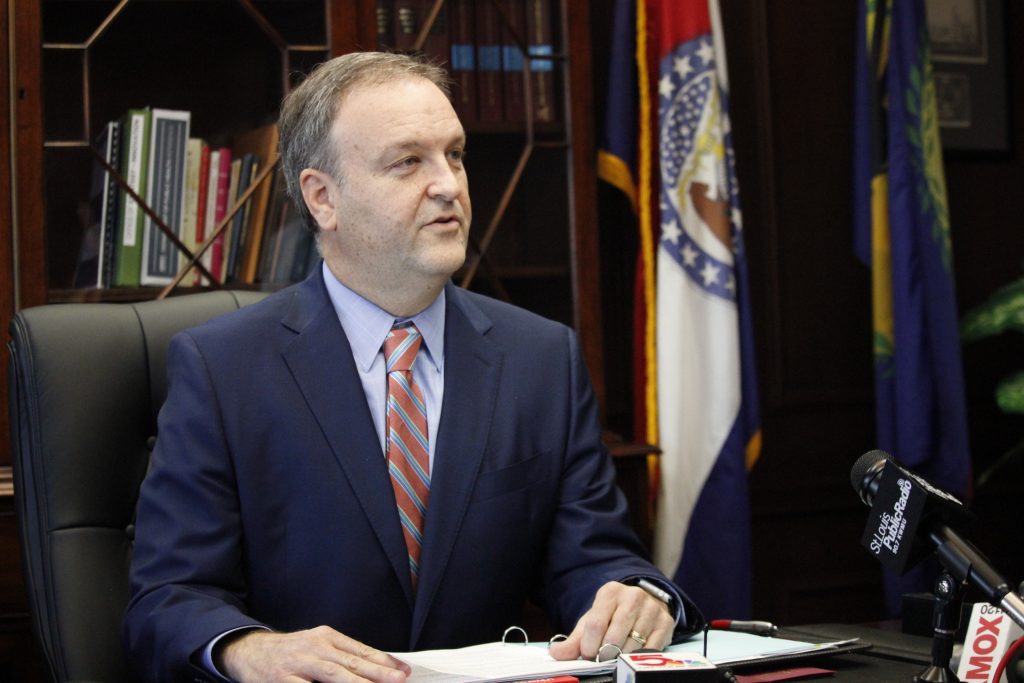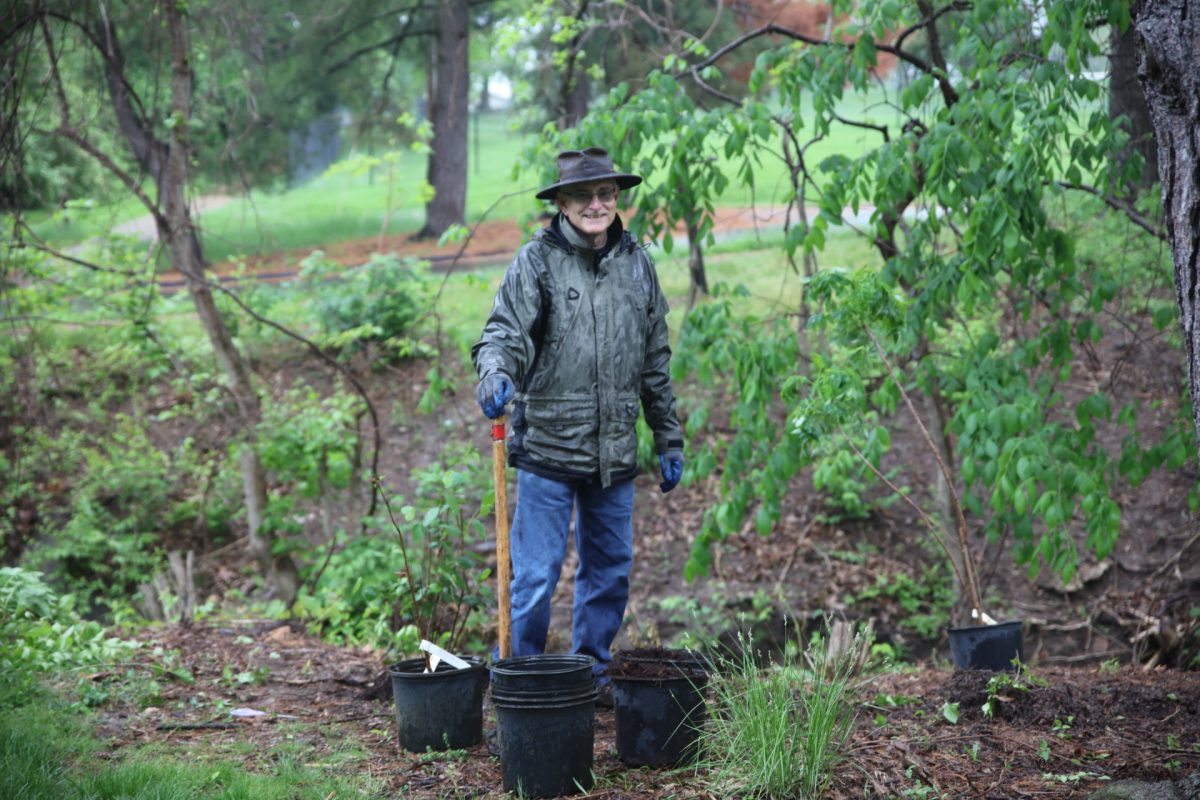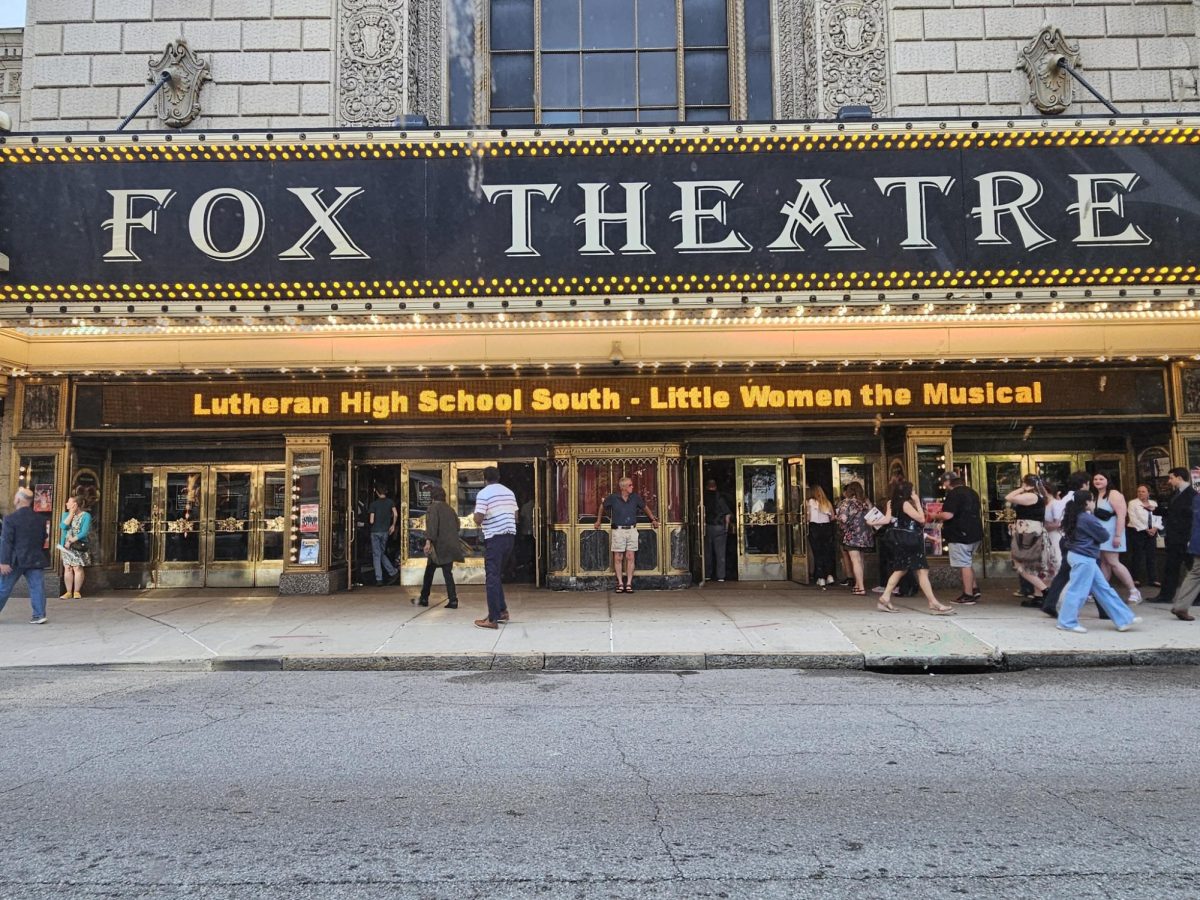The City of Crestwood celebrates its 75th anniversary this year with a yearlong celebration. The official anniversary is Nov. 12.
The year’s celebration is spearheaded by the 75th Anniversary Committee, chaired by Ward 4 Alderman John Sebben. Sebben has taken on the unofficial role of historian in the city due to his background with the St. Louis Classic Rock Preservation Society. Sebben said much of his knowledge about the city also comes from his grandfather, who would tell him stories about the parks and progression of Crestwood and other research and interviews.
Sebben said for each 25-year anniversary, the city adds to a small book documenting the 25-year cycle. The book is set to be completed after the year’s celebration is over, with the events the main focus of the committee.
The area where Crestwood sits was made popular due to being along Route 66, one of the U.S. original highways — the highway is now Interstate 44. Sebben said the area was landmarked by hotels, gas stations and “a surprising amount of liquor stores.”
As the area began to become more populated in the aftermath of World War II, St. Louis began to divide. Crestwood was founded in 1947 by a group of citizens who did not want to be annexed by Kirkwood, Oakland or Webster Groves during the division. In 1949 the first mayor was elected, propelling the town to city status.
Sebben said the city began to grow quicker and quicker, with large construction and more subdivisions creating a “chicken or the egg situation.”
As Route 66 became outdated and more highways were built across America in the late 1950s and 60s, the city was forced to adapt.
Sebben said a large part of Crestwood’s continued growth were places like the Crestwood Mall, among other good corporate citizens.
“New stuff was coming, and they had the foresight to know … the mall wouldn’t last forever,” Sebben said. “I think the mall and malls in general just started their natural decline. That was when the city really had to adapt.”
He credits businesses like Sam’s, Schnucks and Kohl’s and the city’s more efficient use of space as catalysts for the continued success of the city.
The mall, founded in 1957, was thriving as Route 66 lost popularity according to Sebben. Not only did it feature around 100 stores but it acted as a cultural landmark for the city.
“The Zorensky brothers and their family, who owned the mall … made sure the mall wasn’t just a collection of stores … they wanted a collection of memories,” Sebben said. “The July 4 party at the mall would get up to 50,000 visitors. The mall … was a place for people to meet. John F. Kennedy visited there during his campaign in 1960. There were so many things the mall did beyond being a place to shop.”
Sebben said as malls lost their unique-ness, they started to decline. When Westfield Group — based in Australia — purchased the mall in 1998, there wasn’t a “connection” to the city anymore. Former Mayor James Brasfield (1996-2002) told Sebben he suspected the mall would still be in business if the Zorenskys had not sold.
The mall continued a gradual decline, with major stores closing and full vacancy in 2013.
After the mall was fully vacant, several redevelopment opportunities came and went for various reasons. The building was demolished in 2017 with the site in limbo.
The site was finally approved for redevelopment with new zoning in late-2021, with a new name — Crestwood Crossing. A Dierbergs grocery store and an 81-home McBride Homes development are under construction on the site.
Mayor Grant Mabie said the decline of the mall was the reason he originally ran for office in 2013 — he said while a country-wide recession began around 2008, Crestwood had already been in that situation for a while.
“Our recession started earlier, 2005 or 2006, which were boom years for a lot of people,” Mabie said.
He said the Crestwood recession caused city government employment to decline by around 33 percent, and he didn’t see the urgency to redevelop the mall site he thought was necessary. Mabie said the redevelopment has kicked off a new streak of development and leasing in the city.
“Unlike the snowball effect … where you have things depressed around Crestwood because of the closure, once that project got going … We’ve seen some additional leasing activity in our shopping centers; down at 8800 Watson Road we approved a fairly major project with no tax incentives and we expect that’ll be in excess of a $50 million project,” Mabie said.
Mabie also cited the recently moved Crestwood Aldi’s and its old site as projects that have received increased interest lately.
“Once that project was approved, you’re seeing extra construction and economic development activity without tax incentives, which was exactly our goal, for that to be a catalyst,” the mayor said.
As the city began to develop shortly after its founding, so too did its park system.
Sebben said former Mayor Paul Koenig (1962-1967) initiated the Crestwood park system during his term through a parks bond. Koenig also spearheaded the clean up of Gravois Creek through the Metropolitan Sewer District.
Sebben said the situation surrounding the parks bond was very different from how tax issues are handled today.
“(Aldermen) all knew we wanted (Prop 1, voted on and approved April 2022), we just couldn’t really trumpet that too much for biased reasons and all that — not the case in 1961. They had parades down Watson to get people to vote for this parks bond,” Sebben said.
The bond was used to purchase four city parks — the largest being Crestwood Park. Sebben said there was a sense of urgency at the time because the city was expanding quickly, meaning the park land would be taken up soon.
Eight acres of Whitecliff Park were already in place in 1971 when the Board of Aldermen decided the abandoned quarry was worth preserving.
The quarry was last in use in the late 1800s and went out of business shortly after striking an underground spring, which the curre city pool is filled with. Whitecliff is now is 40 acres, and features the Crestwood Community Center.
The center finished construction around July 4, 1977, and has been the subject of recent renovation discussions. The mayor said among other improvements to the city park system, something needs to be done about the community center.
“It’s outdated in a lot of respects and the rest of our facilities are in pretty good shape. We’re looking for what park amenities the residents want that we don’t have, should we keep certain things, should we add things,” Mabie said.
Mabie said the scope of the project could rely on a future bond issue, meaning it could go from a simple renovation to a full park amenity improvement. He said the renovation of the center is still up in the air — aldermen will need to decide on the construction of a new building or a renovation of the old one.
Recently the board has discussed the accessibility of trails connected to Grant’s Trail or within certain parks.
“One of the projects I’m most excited about is connecting that’s been on the shelf for 20 years and I think we’ll be able to make happen next year is connecting a whole neighborhood in Ward 1 to Whitecliff Park,” Mabie said. “It’s a neighborhood of 1,000 plus people and 400 homes that are across Mulberry Creek to the north of Whitecliff. They can all look into Whitecliff and there’s no good way to get there without driving all the way around. To have a pedestrian bridge to allow almost 10 percent of our city to access our main park … that’s our next major focus.”
The future of Crestwood
Mabie’s hopes for the city moving forward include the rising success of its housing market. He said the 63126 ZIP code has seen a major upswing in housing value. Mabie said in the past the city has had a top 10 national ZIP code for housing, and while it’s not at that height anymore, the market is still going strong.
“Right now if you list a home in Crestwood, almost 65 percent will be under contract in the first seven days. I think it’s because you have an excellent school district that people want to get into, you have a pretty reasonable tax rate … you’ve got great neighborhoods and good accessibility whether you’re going to Clayton or downtown,” Mabie said. “Whether you’re moving up or whether you’re starting a family, there’s still some entry-level homes that can be found in this area.”
He said the city is also trying to correct some mistakes of the government in the past, whether that be the sidewalk system, streetlights, stormwater or redundancies and oddities in old code.
Mabie credited City Administrator Kris Simpson with bringing a high level of professionalism to city staff. He said Simpson is following a long streak of short-term administrators and he is now the second-longest tenured in city history.
Mabie said the overall improvements to city departments, specifically the police and parks departments, has helped bring the city out of a financial hole into a new level of prosperity.
“In my first year in office in 2015, we got handed a budget … and it was seven figures in the red. We had epic, hourslong meetings … and we cut hundreds of thousands from the budget,” Mabie said. “We were cutting things that really shouldn’t be cut if you’re trying to properly run a city, and to get things back to stability and growth from stagnation and retraction, that’s something hopefully the city can be proud of and the residents can see the growth and professionalism of the services being delivered.”



